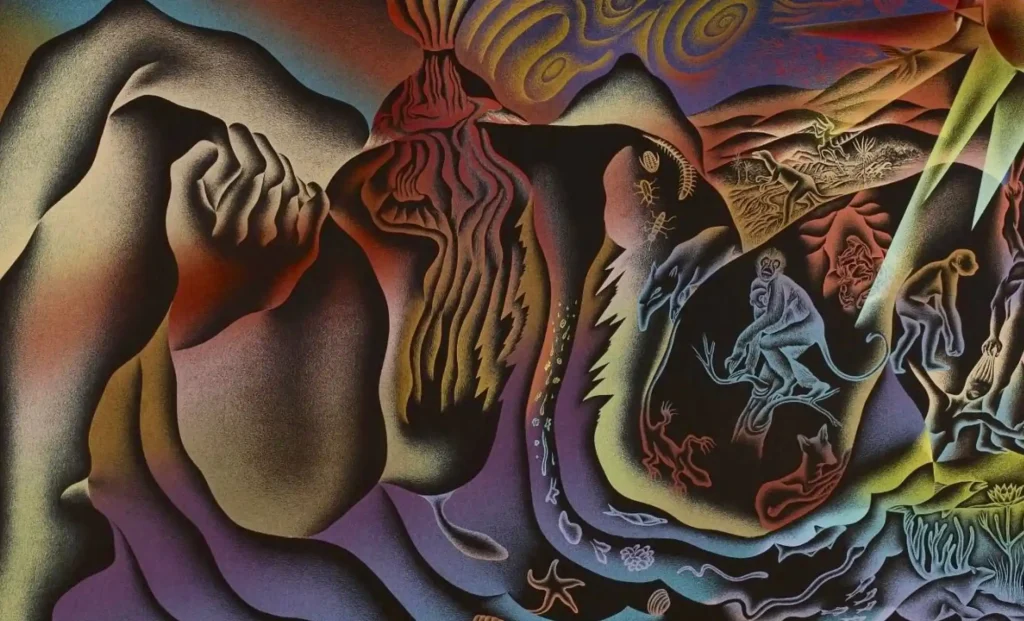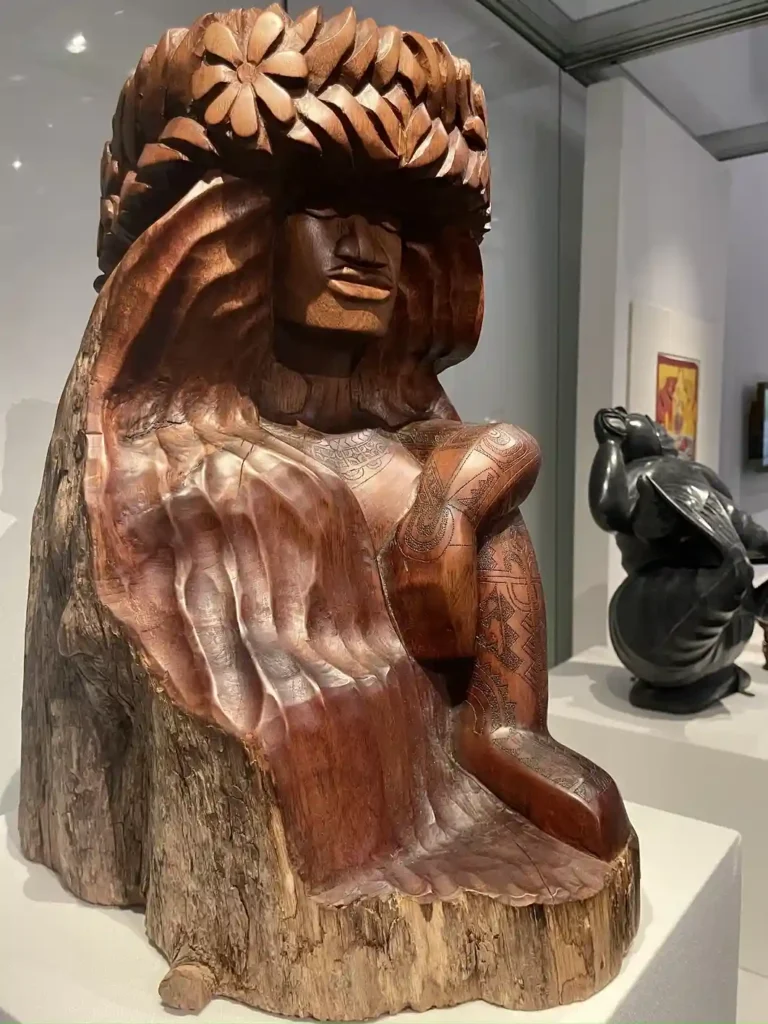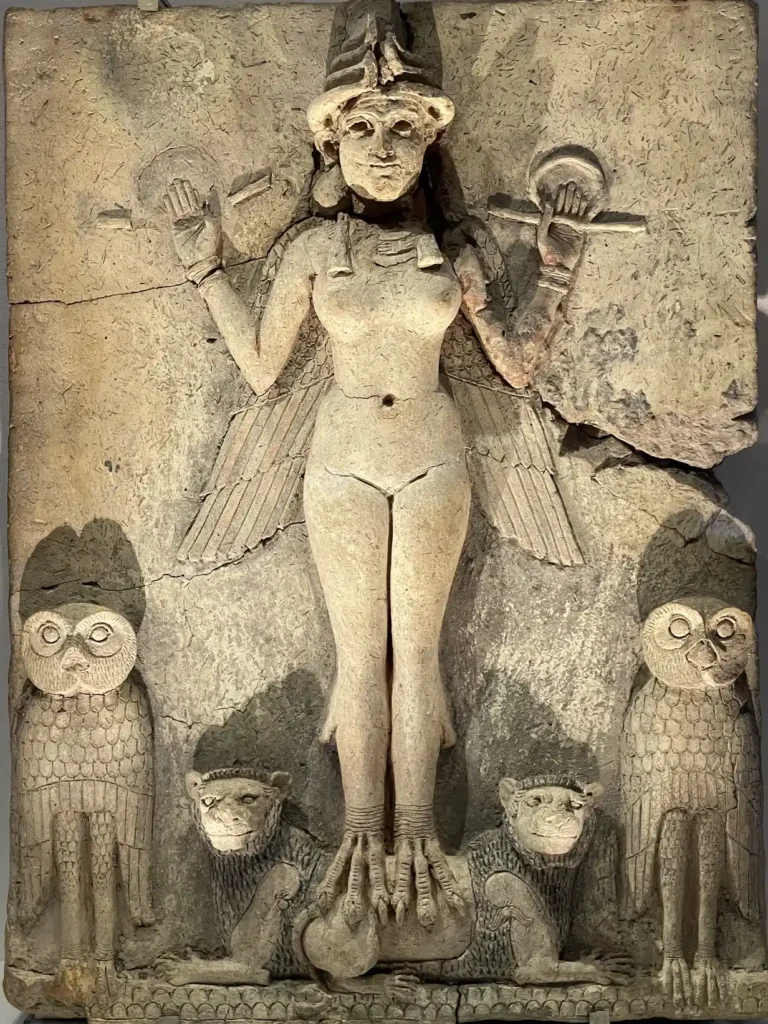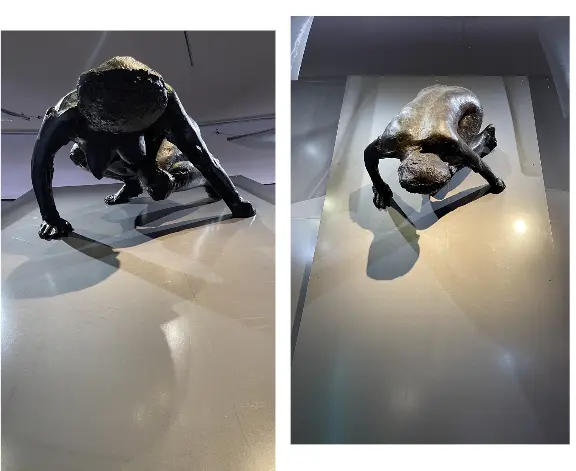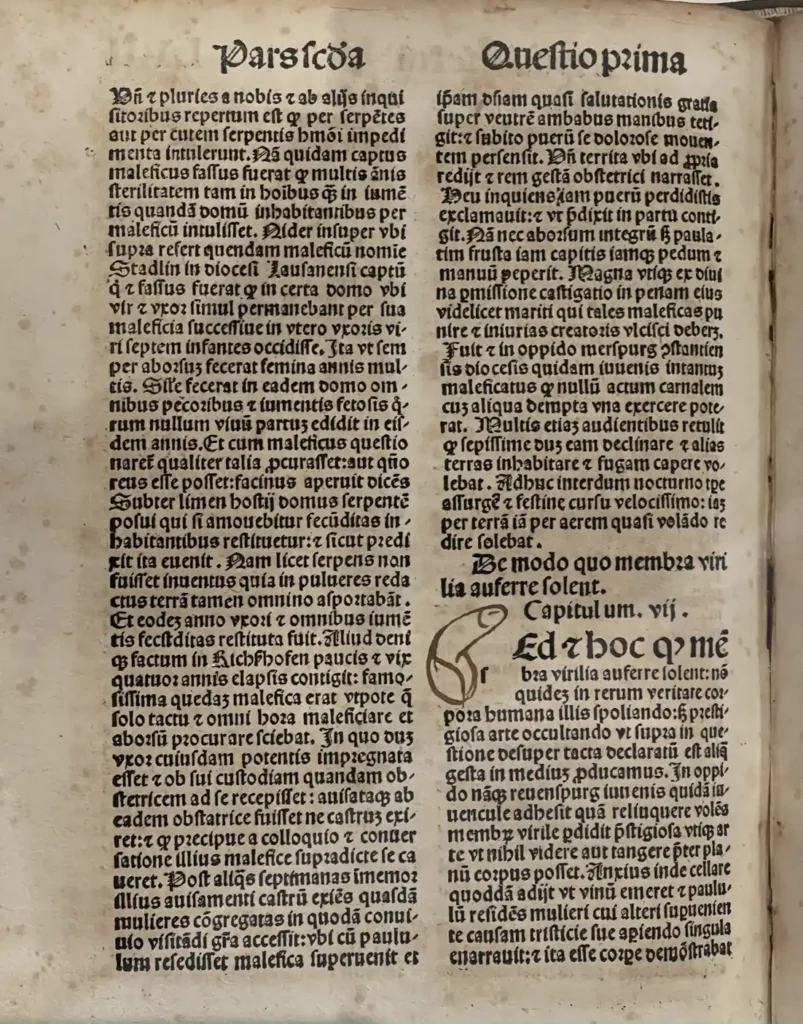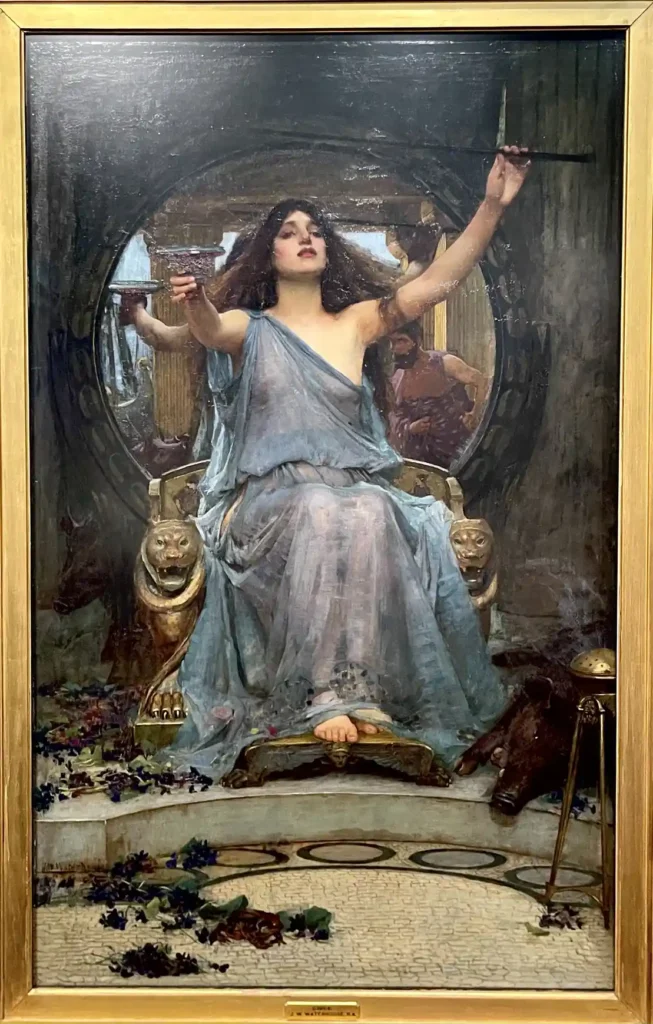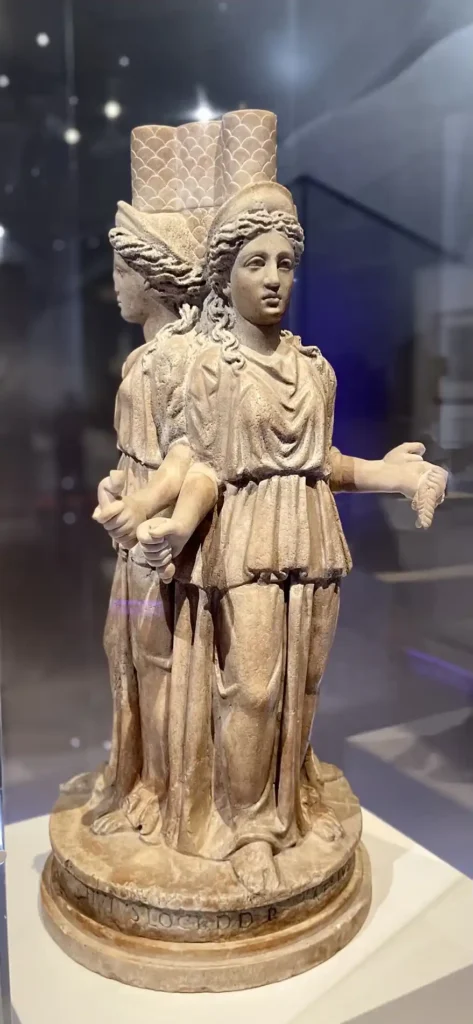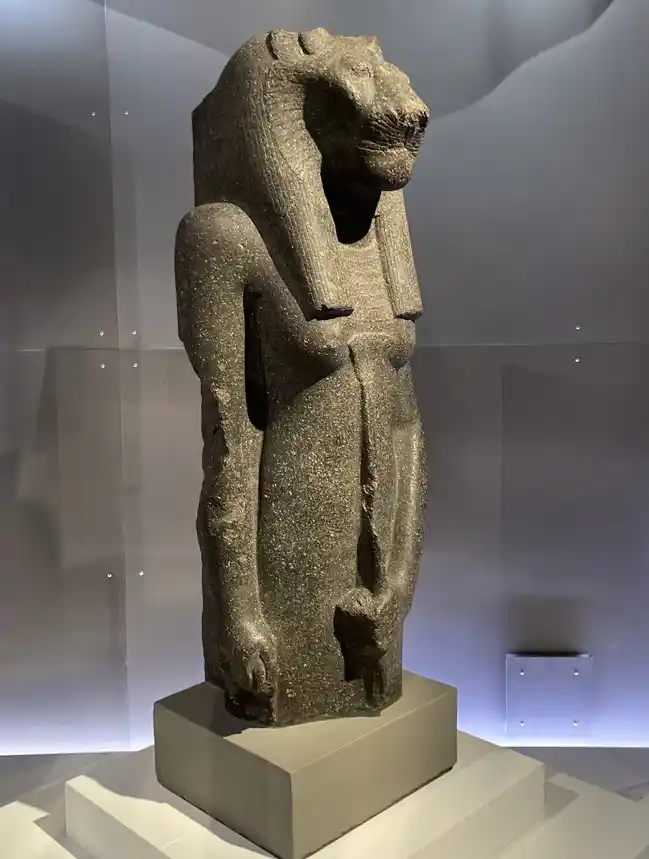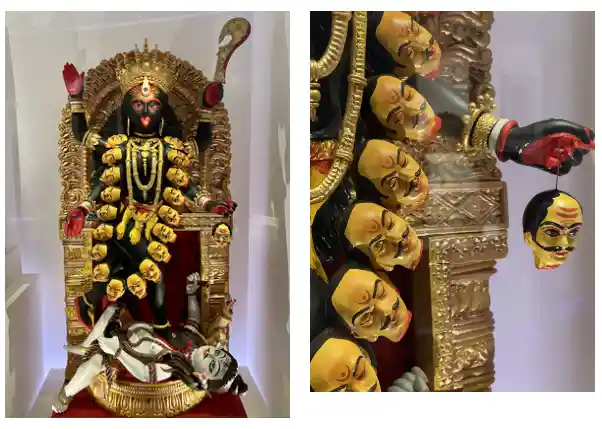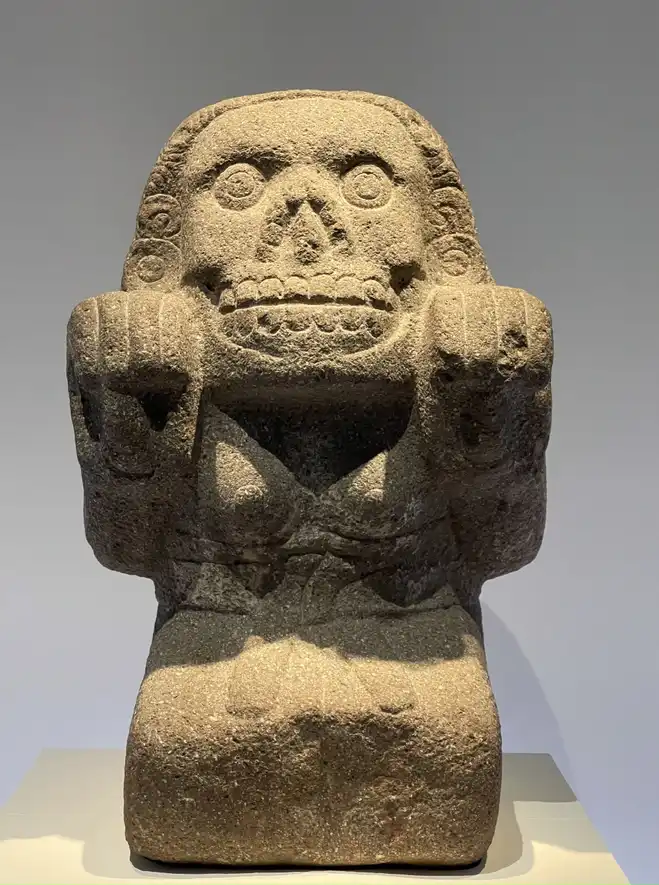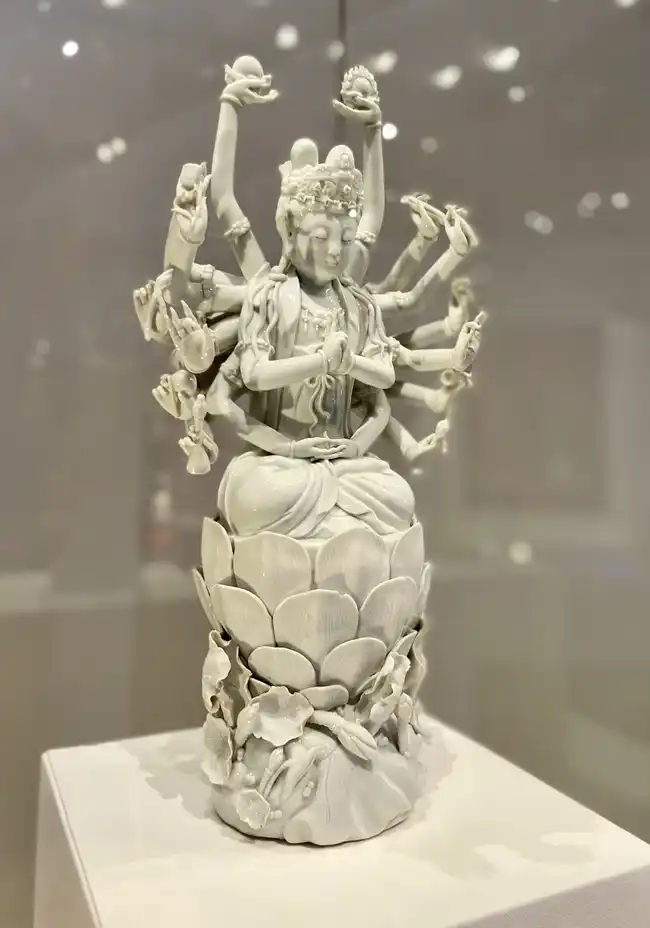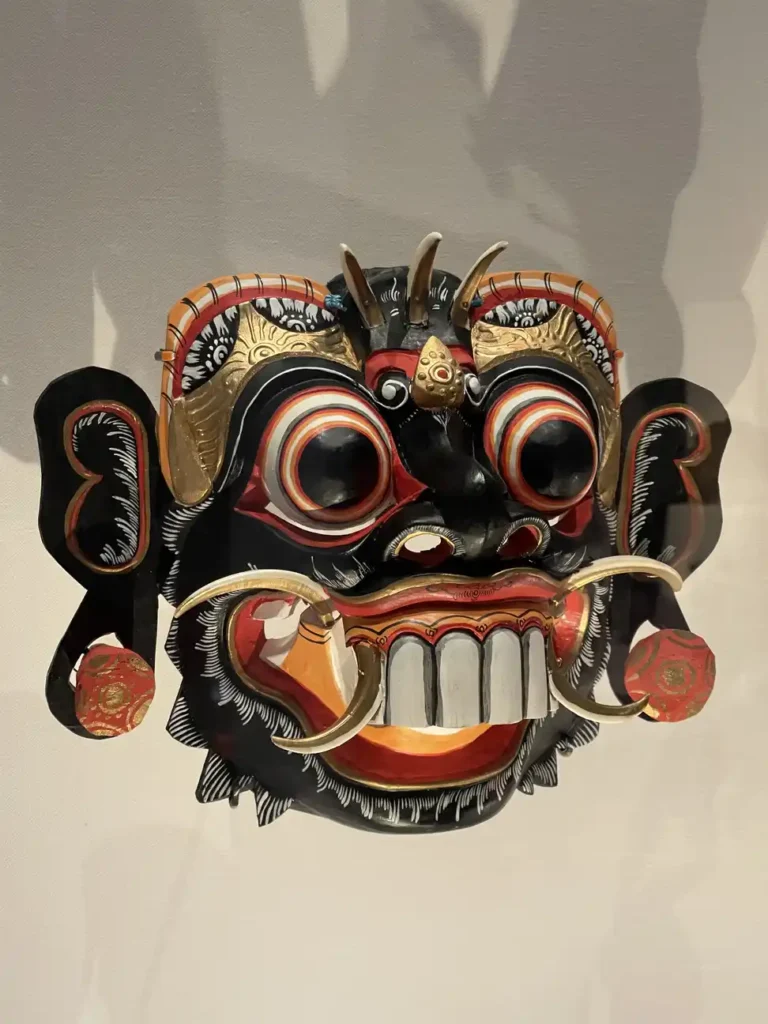The exhibition “Feminine Power: the Divine to the Demonic” held in British Museum this year touched on an important theme in modern society – the theme of female power, and its influence in the world religion and faith in the different cultures.To explore this theme, the exhibition turned to divine and demonic figures who have been revered and even feared for over 5,000 years.For the first time, sculptures, sacred objects and works of art from the ancient world to the present day, from all over the world, are brought together to demonstrate the multifaceted feminine power, feared and celebrated throughout history.By the example of some objects showcased in this exhibition, we will consider in this article how femininity was perceived and feminine power was manifested in different traditions and ancient cultures.
Female power is often associated with nature and like nature itself, it can be both creative and destructive. For example, Pele, the Hawaiian goddess of volcanoes, destroys the land with her lava but also enables rebirth. In the stories of the origin of the world, it is very common to see a mix of gender roles. In some spiritual traditions the creator is a woman or a man, and sometimes it is their union that gives birth to the earth and human life.
Creation narratives are varied and numerous. Contemporary artist Judy Chicago, in her work “Creation,” reinterprets the Christian story of creation from a feminist perspective. This vibrant print depicts a female deity in a birthing position. Her body erupts with life as primordial creatures flow and evolve from her vulva.
Desire is a powerful force in life and some female deities are sometimes perceived as temptresses and embody passion in all its manifestations.Passion is a force that can lead to conflict, but also bring success. It’s creative and associated with knowledge of the divine.
The goddess Ishtar, known as the “Queen of the Night,” presided over both sex and war. Confident and naked, she stands on the back of her lion with her arms raised, holding in each hand emblems of justice and civil authority, and her tiered crown denotes divinity and royalty.
The most eye-catching exhibit is the sculpture of Lilith by Kiki Smith. In Jewish mystical texts, Lilith is identified as the first wife of Adam. Asserting her equality, she refused to to lie beneath him during sex and fled Eden to align herself with Satan.Smith cast the image of Lilith from the body of a real woman and added piercing eyes of blue glass to convey a lifelike, and intimidating, appearance. He describes Lilith as ‘an early figure of defiance, a spirit that wreaks havoc and refuses to be subjugated. Here she is transcending gravity’.For a long time she was condemned for this disobedience, but lately she has been celebrated as an icon of female independence.
Like Lilith, witches, diabolical goddesses, and female monsters often defy the expectations of submissive female behavior idealized in certain cultures throughout history.Their rebellion is most often related to the experience of suffering, which transforms them and they begin to rebel against traditional expectations of female behavior. Their independence is the source of power, in which lies danger, but also freedom and knowledge. Even though they are feared, people turn to them for protection
In Europe, from the late 1500s to about 1800, the fear of witches reached its peak. Millions of women were persecuted or murdered because they were suspected of practicing harmful magic.
Paper, linen, goatskin and cloth, Nuremberg, Germany, 1494The Syndics of Cambridge University Library
The heightened suspicion that witches were female partly stemmed from religious teachings that women were more susceptible to the devil’s influence. This argument was widely circulated In the Malleus Maleficarum (Hammer of witches), a witch-hunting manual. It connected harmful magic with women and advocated using torture to extract confessions. This copy contains several annotations added by its owners, including a phallus drawn alongside the entry accusing witches of magically removing men’s penises.
In this painting, as in Homer’s Odyssey, the goddess Circe is presented as a seductive and dangerous sorceress who turned men into animals. Waterhouse depicted her at the height of her power, offering up a cup of poisoned wine. At her feet are two of his crew, whom she has transformed into pigs. She first tries to poison Odysseus, but then helps him on his journey home.
Circe offering the cup to Ulysses, 1891By John William Waterhouse (1849-1917), UK
Hekate, Greek goddess of witchcraft Marble, Italy AD 161-200
In many religious traditions femininity is associated with outstanding physical strength. Deities such as the lion-headed Egyptian goddess Sekhmet participate in wars and their role is to restore justice.
In India, the goddess Kali is both feared and loved because her formidable aggression is an act of compassion. Kalli delivers her followers from karma and the negative qualities that limit their spiritual growth.
To the Mexica (Aztecs) of central Mexico women who died in childbirth were known as Cihuateteo (Divine Women) and, like fallen warriors, were deified for their bravery and sacrifice. Also greatly feared, they were believed to descend to earth on five days of the year to steal the children of the living.
The concept of the loving, protective mother is in many spiritual traditions the ideal of divine compassion. Compassionate feminine images are important in the daily lives of believers. Whether Mary in the Christian tradition or Guanyin in Buddhism, they are thought to appear directly in moments of need. Paradoxically, despite the fact that such figures are highly revered in many societies, this has not raised the status of women themselves.
Guanyin, known in China as the goddess of mercy, is a Buddhist bodhisattva, an enlightened being who stays close to the world to guide others to nirvana. She is believed to appear directly in time of danger. This porcelain figurine depicts Guanyin with many arms spread around her, symbolizing her ability to reach out to everyone in need.
Based on the information provided at the exhibition “Feminine Power: the Divine to the Demonic,” we looked at different ways of perceiving feminine power in different cultures and spiritual traditions. Foxylab Magazine hope that this article has given you some inspiration to consider your own views on femininity and female power.
